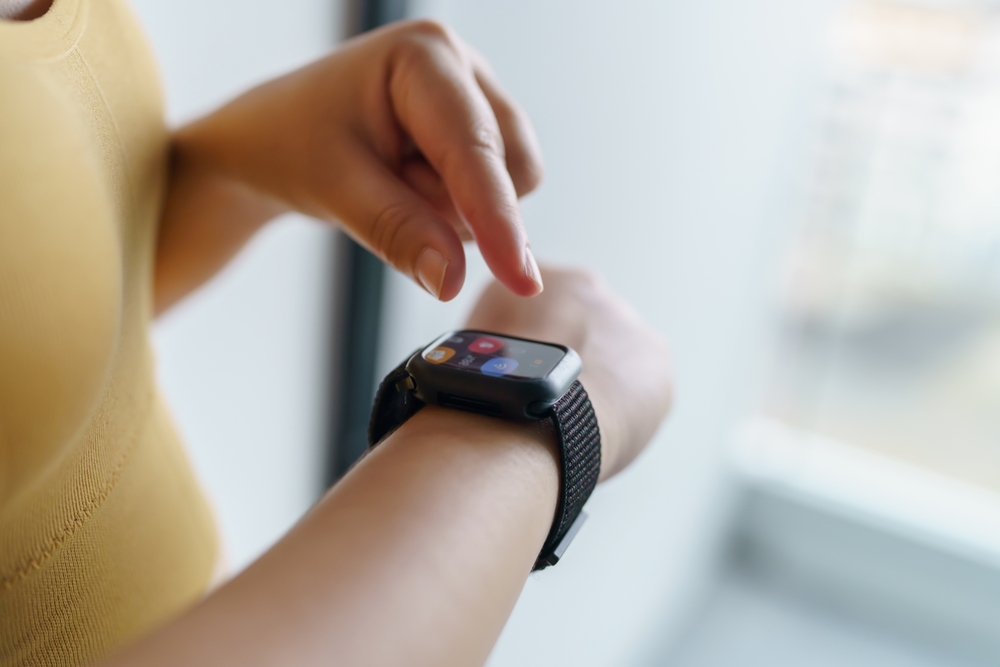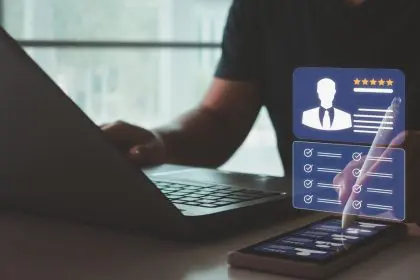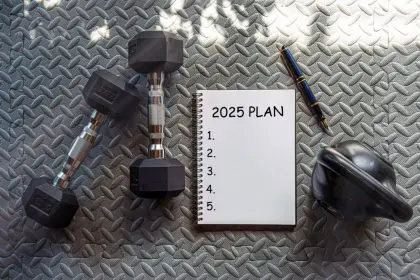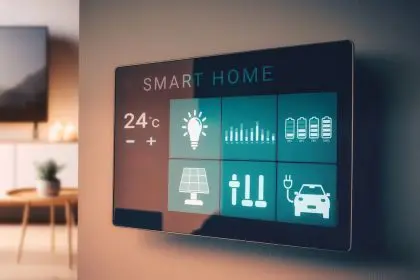Ever find yourself spending more time organizing your to-do list than actually checking items off it? You’re not alone. That productivity system you downloaded might be the very thing standing between you and your most productive self.
The ironic addiction no one’s talking about
We live in the golden age of productivity tech. There’s an app for everything — task management, time tracking, note-taking, habit formation, focus enhancement, and countless other productivity promises packaged in sleek interfaces with satisfying notification sounds.
The average knowledge worker now juggles between five and nine productivity apps daily. We’ve collectively downloaded billions of these digital tools, all in pursuit of that elusive state of effortless efficiency where work flows seamlessly and nothing falls through the cracks.
But something strange is happening. Despite all these technological advances, workplace productivity metrics have remained surprisingly stagnant. In fact, many people report feeling less productive and more overwhelmed than ever before. The very tools designed to streamline our work lives have instead created a new kind of workload — productivity maintenance itself.
This phenomenon has created a painful irony. The more productivity tools we adopt, the more time we spend managing our productivity systems rather than doing actual productive work. It’s like buying so many storage containers to organize your home that you no longer have space to live in it.
The hidden time thieves lurking on your home screen
The productivity drain starts subtly. You spend just a few minutes each morning organizing your tasks across various apps. A quick check of your project management software. A brief scan of your note-taking system. A moment to update your time-tracking tool.
These micro-sessions seem harmless in isolation, but they create what psychologists call “attention residue” — the mental hangover that lingers after switching between tasks. Each transition between apps fragments your focus and requires a recovery period before reaching peak concentration again.
Research suggests it takes an average of 23 minutes to fully refocus after a distraction. When you bounce between multiple productivity systems throughout the day, those recovery periods accumulate into hours of lost potential.
Even more insidious is the false sense of accomplishment these apps provide. The dopamine hit from checking off a digital box or completing your daily app setup creates an illusion of progress. Your brain registers the satisfaction of organization without distinguishing between managing work and doing work.
This explains why so many of us end days feeling busy but not productive. We mistake productivity-adjacent activities for productivity itself.
The customization rabbit hole no one warns you about
Another major time sink comes from the endless customization options modern productivity apps offer. Tags, labels, priority flags, custom views, automation rules, integrations with other apps — these features promise personalization but deliver complexity.
What starts as a simple task manager quickly evolves into an intricate system requiring constant maintenance. You begin spending more time tweaking your productivity setup than using it for its intended purpose. The tool becomes the project rather than the means to complete projects.
This phenomenon has a name in productivity circles — “productivity porn.” Like its namesake, it provides short-term stimulation while creating distance from the real thing. The endless pursuit of the perfect system becomes an engaging substitute for the often challenging work of actual production.
Many productivity enthusiasts find themselves trapped in a cycle of system-hopping, constantly trying new apps and methodologies in search of the perfect setup. This perpetual optimization creates a mirage of progress while actually preventing consistent, focused work.
The cognitive load you didn’t sign up for
Perhaps the most significant hidden cost of productivity apps is the mental bandwidth they consume. Every system you adopt requires you to learn and remember its rules, shortcuts, and organization principles.
This cognitive overhead might seem negligible, but it accumulates with each new tool. Your brain has limited capacity for active working memory — typically between five and nine items. When several of those slots are occupied by remembering how your productivity systems work, you have less mental space for creative thinking and deep work.
Consider the mental energy required to decide where new information belongs. Is that idea a task for your task manager, a note for your note-taking app, an event for your calendar, or something to file in your project management software? These micro-decisions create decision fatigue that depletes your cognitive resources throughout the day.
The most productive people throughout history didn’t have these tools. They used simple systems — often just paper and pencil — that required minimal maintenance and created minimal distraction. Their cognitive resources remained available for their actual work rather than for managing the systems surrounding their work.
Breaking free from the productivity app trap
The solution isn’t abandoning digital tools entirely. Many truly do offer valuable functionality when used intentionally. The key is shifting from tool accumulation to tool curation. Here’s how to start reclaiming your productivity:
First, conduct a digital audit. List every productivity app you currently use and honestly assess whether it saves more time than it consumes. Be ruthless in eliminating tools that create more work than they eliminate. For most people, this means keeping no more than two or three core applications.
Second, establish clear boundaries for when you engage with your productivity systems. Batch all planning and organization into dedicated time blocks rather than allowing these activities to scatter throughout your day. Many successful people find that a 15-minute morning planning session and a 10-minute evening review provides sufficient structure without creating excessive overhead.
Third, embrace the 80/20 rule for features. Most productivity apps offer dozens of functions, but you likely only benefit from 20% of them. Identify the core features that genuinely serve your workflow and ignore the rest, no matter how enticing they seem. This minimalist approach reduces cognitive load while preserving the tool’s primary benefits.
Finally, consider whether analog methods might serve you better for certain activities. Physical notebooks don’t send notifications, don’t require updates, don’t offer endless customization rabbitholes, and don’t fragment your attention across multiple digital environments. Many productivity experts are returning to paper for daily planning while reserving digital tools for specific needs like collaboration and reference materials.
The paradox of productive simplicity
The most profound productivity insight might be that true productivity doesn’t feel like “being productive.” It feels like being absorbed in meaningful work. The less aware you are of your productivity system while working, the better that system is serving you.
This explains why the most effective productivity approaches often feel too simple at first glance. Their power lies precisely in their simplicity — they create minimal friction between intention and action. They fade into the background rather than demanding constant attention.
The next time you feel tempted by a shiny new productivity app promising to revolutionize your workflow, ask yourself whether it will truly simplify your life or merely add another layer of complexity to manage. Remember that every system has a carrying cost, and the most sophisticated productivity tool will always be your focused attention — something no app can enhance if it’s constantly being interrupted.
The ultimate productivity hack might simply be having fewer hacks. By streamlining your tools, you create more space for the work that actually matters.

















